20. Benoît Debie (Belgium)
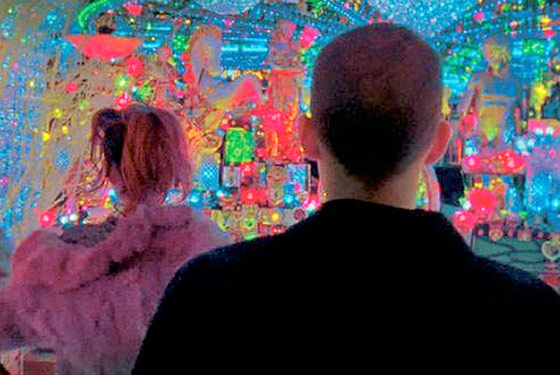
Debie attended the Belgian Film School ‘Institut des Art de Diffusion’ and started his professional career as a cinematographer in 1992. He works on more than just feature films; for example, he was a director of photography on Rihanna’s music video for “Bitch Better Have My Money”, which provided him a nomination for the Jury Prize at last year’s Camerimage Festival. He also shot many short films.
At Camerimage in 2010, he was nominated for a Golden Frog in main competition for the film “Enter the Void” that he shot for his collaborator, the esteemed Argentine director Gaspar Noé. With Noé, he filmed a few more films, including “Irreversible” and the controversial drama “Love” in 2015. For American film director Harmony Korine, he filmed the magnificent “Spring Breakers” in 2012, and for famous German director Wim Wenders he shot “Every Thing Will Be Fine”.
At this time, he is one of the most innovative and creative directors of photography in Europe and beyond. Crazy and tripping camera movements, a magical color spectrum, and interesting use of light are just some of the qualities of this cinematographer.
19. Peter Suschitzky (Poland)
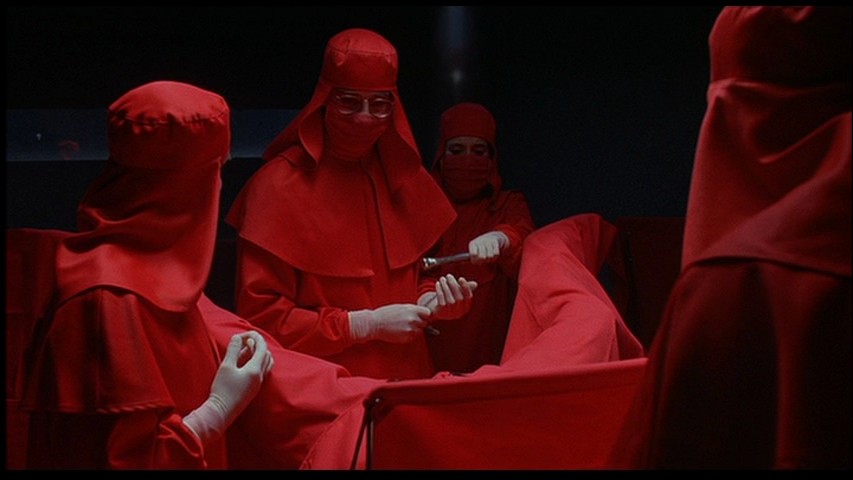
Peter Suschitzky is a member of the British and American Society of Cinematographers. He is the son of the other known cinematographer, Wolfgang Suschitzky (BSC). Suschitzky is known for his work on “Star Wars: Episode V – The Empire Strikes Back” (1980), “A History of Violence” (2005), which was directed by his film companion David Cronenberg, ‘Eastern Promises’ (2007), by the same director, and others.
Cronenberg and Suschitzky started their collaboration in 1988, when Mark Irwin (Canadian cinematographer, ASC, CSC) was unable to shoot “Dead Ringers”. He filmed over 10 films for Cronenberg and they still work together.
In 1978, he was nominated for the BAFTA award for Best Cinematography for “Valentino”, directed by Ken Russell. The British Society of Cinematographers nominated him two times for their award.
He always operates the camera in Cronenberg’s films. He shot numerous commercials directed by famous filmmakers, like Ridley Scott and Roman Polanski.
18. Timo Salminen (Finland)
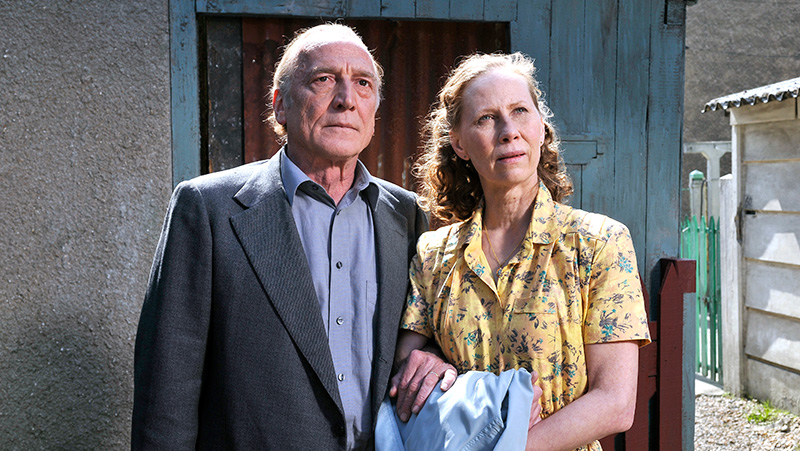
This Finnish cinematographer is best known for his work with Aki and Mika Kaurismäki. He is the son of famed Finnish actor Ville Salminen. Timo started his career in 1981, when he filmed his first film, Aki and Mika’s documentary about three Finnish bands.
He has worked on many of Kaurismäki’s films, most notably “The Man without a Past” (2002), “The Match Factory Girl” (1990), “Drifting Clouds” and their last feature film from 2001, “Le Havre”, a comedy-drama about African boys who arrive by cargo ship in the port city of Le Havre.
This melancholic portrait of humanity is certainly brightened by Salminen’s great cinematography style that gave the film even more melancholy. There’s a lot of dramatic light that he often uses to create silhouettes.
In 2011, Timo was nominated for a Golden Frog in main competition at the Camerimage festival and in 2004 he won a Cinematographer-Director Duo Award, which he shared with Aki Kaurismäki at the same festival. In 2002 he was nominated for a Golden Frog and in 1999 he won a Bronze Frog for film “Juha”.
The European Film Awards nominated him two times, in 2006, for Best European Cinematographer for film “Laitakaupungin valot”, directed by Kaurismäki, and in 2002 for film “Mies Vailla menneisyys” (aka “The Man Without Past”).
17. Hoyte Van Hoytema (Switzerland)
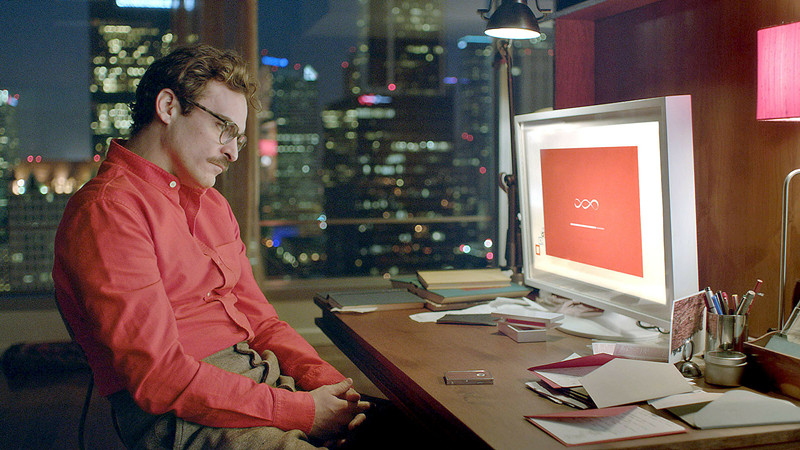
Hoyte Van Hoytema is a Dutch-Swedish cinematographer who becomes better known each year. In 2015 he filmed this year’s Oscar nominee “Spectre”, directed by Sam Mendes, and in 2014 “Interstellar”, which was also nominated for an Oscar, with Christopher Nolan. That collaboration with Nolan has obviously been successful, given the fact that the two are making a new film called “Dunkirk”, which will be released in 2017.
One of his most beautiful films is a unique masterclass about the use of color, made in 2013 with Spike Jonze, named “Her”. He also shot more famous films like the Swedish romantic horror film “Let the Right One In”, directed by Tomas Alfredson, and “The Fighter” in 2010 by David O. Russell.
He is filming in Sweden, Germany, Norway, United Kingdom and the US, and a great career is surely awaiting him.
16. Dick Pope (1947, UK)
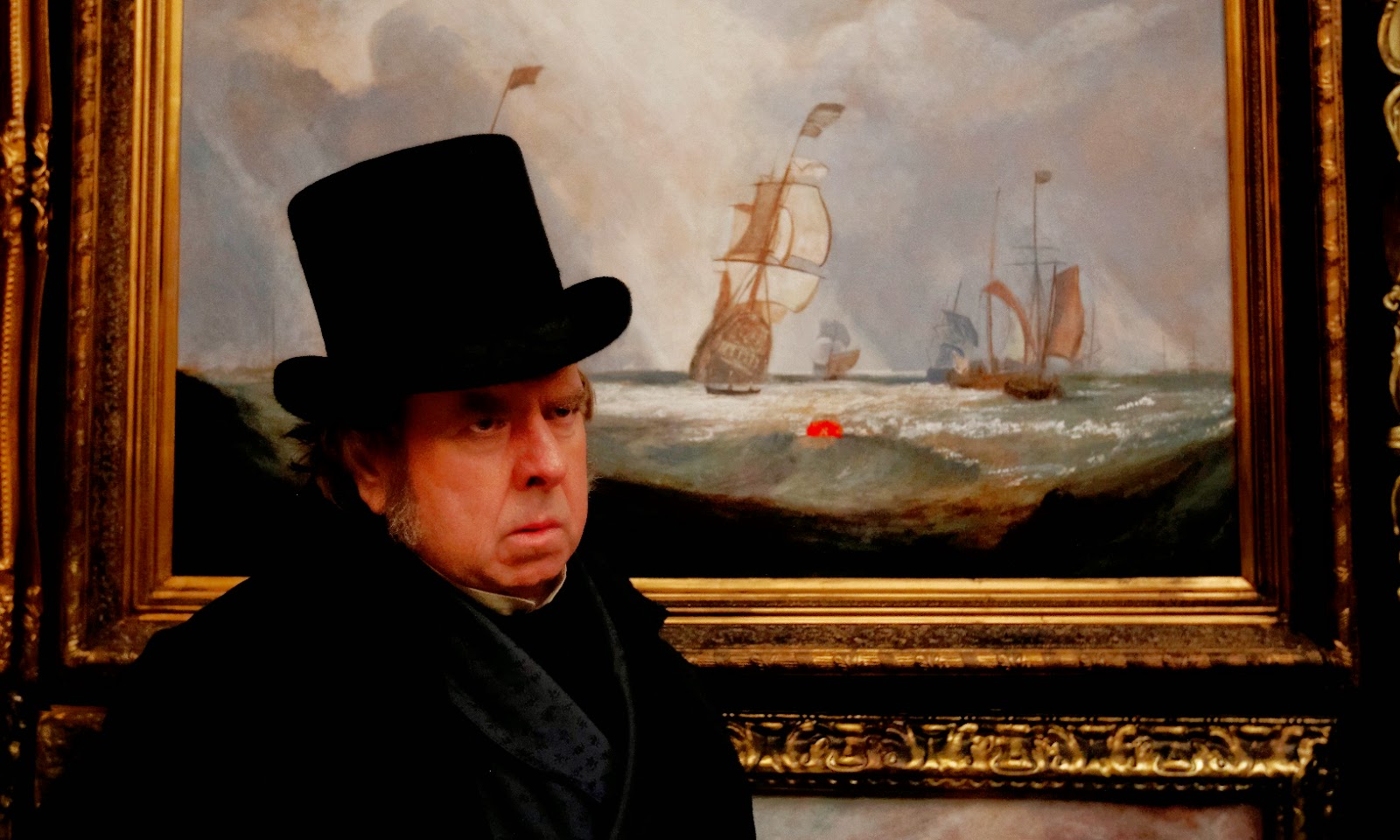
Last year’s Oscar nominee for Best Cinematography in Mike Leigh’s drama “Mr. Turner”, Dick Pope Is a British-origin cinematographer who mostly works with British filmmaker Mike Leigh.
Except for his “Mr. Turner” nomination in 2014, he had one more Oscar nomination in 2007 for Neil Burger’s film “The Illusionist”. He was nominated for and won some of the greatest film awards numerous times. For these two films, he was nominated for the awards of American and British Societies of Cinematographers. He won the Vulcain Prize for the Technical Artist for “Bringing to the Light Works of Turner in the Movie” at Cannes in 2014.
Also, he was nominated for Camerimage prizes four times and won awards four times as well (including the Silver Frog for “The Illusionist”, the Golden Frog for “Vera Drake”, the Special Award for Best Duo Director-Cinematographer in 1999, and one more Golden Frog for “Secrets & Lies”).
Pope is talented for realistic illumination and camera movements. He is always tracking actors through the film set, right around them which creates the impression that the action in the films cooperate with the camera, and not as though the camera is here just to mechanically record what is on the frame.
15. Bruno Delbonnel (France)

Bruno is a 58-year-old French cinematographer who started his career in 1981. He selects color palettes for the films in very careful way, and posts them even more carefully in the frame. He knows how to tint the whole scene with just a little bit of yellow, red or green. He often uses stylized grain structure and he is a four time Oscar nominee.
Delbonnel has worked with many acclaimed directors such as Jean-Pierre Jeunet on “A Very Long Engagement”, and on evergreen cult film “Le fabuleux destin d’Amelie Poulain” (aka “Amelie”). He also filmed two films for Tim Burton – “Big Eyes” in 2014 and “Dark Shadows” in 2012.
For the Coen brothers, he shot a beautiful film called “Inside Llewyn Davis”, a film that earned him one of his four Academy Award nominations, and for director David Yates, he filmed the sixth part of the “Harry Potter” franchise.
He was nominated for an Oscar for “Amelie”, “A Very Long Engagement” and for “Harry Potter and the Half-Blood Prince”. The American Society of Cinematographers gave him their award in 2005 for “A Very Long Engagement”. Delbonnel has won many other awards, like the Bronze and the Golden Frog at Camerimage, the Cesar award and the European Film Award.
14. Luca Bigazzi (Italy)
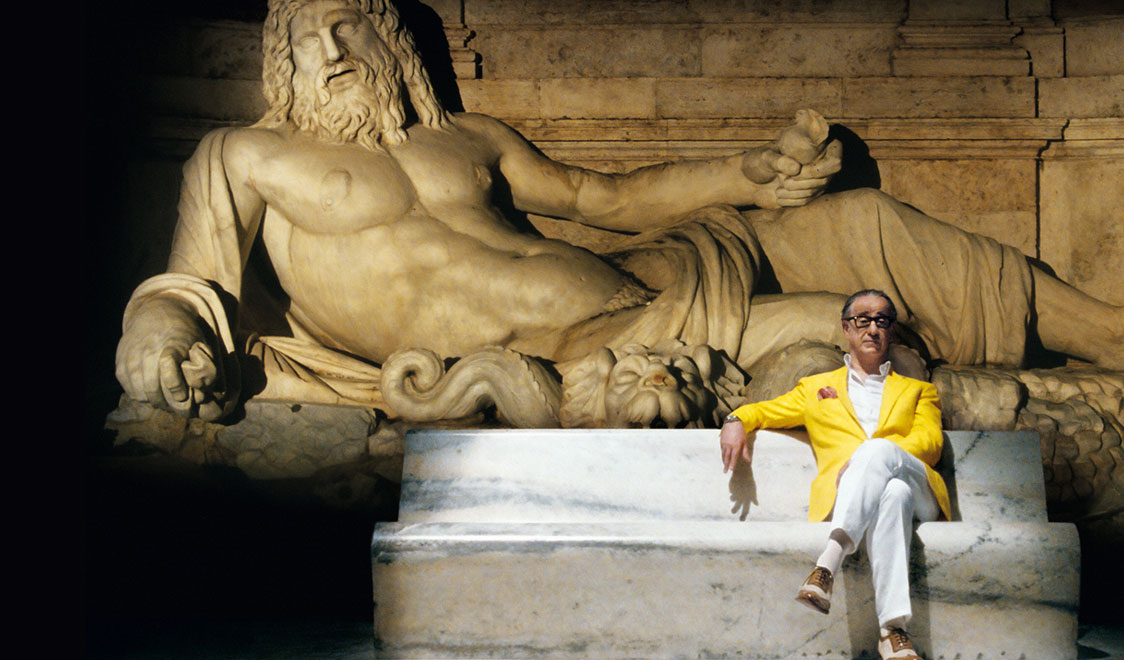
Bigazzi is an Italian director of photography who worked with many directors, including Abbas Kiarostami and Paolo Sorrentino. He won over 30 international awards in his cinematography career.
He won the Silver Camera 300 at the Brothers Manaki Festival for “Brucio nel vento” (directed by Silvio Soldini) in 2002, the Vulcain Prize for the Technical Artist at Cannes in 2008 for “Il divo – La spettacolare vita di Giulio Andreotti” (aka “Div”), directed by Paolo Sorrentino, and the Venice Film Festival Osella in 1998 for Best Cinematography for the films “Cosi ridevano” (1998) and “L’ albero delle perre” (1998). He was also nominated for Carlo di Palma award at the European Film Awards in 2008.
In 2015 he shot the visually beautiful “Youth” and in 2013 Academy Award winner “The Great Beauty”, both for Sorrentino. In 2011, he also filmed comedy-drama “This Must be the Place” for Sorrentino.
Bigazzi prefers digital filmmaking because he thinks it is more superior in quality and it gives more creativity and freedom. He also thinks film schools are absurd because teachers are old-fashioned, despite the fact that cinema is always progressing.
13. Pawel Edelman (Poland)
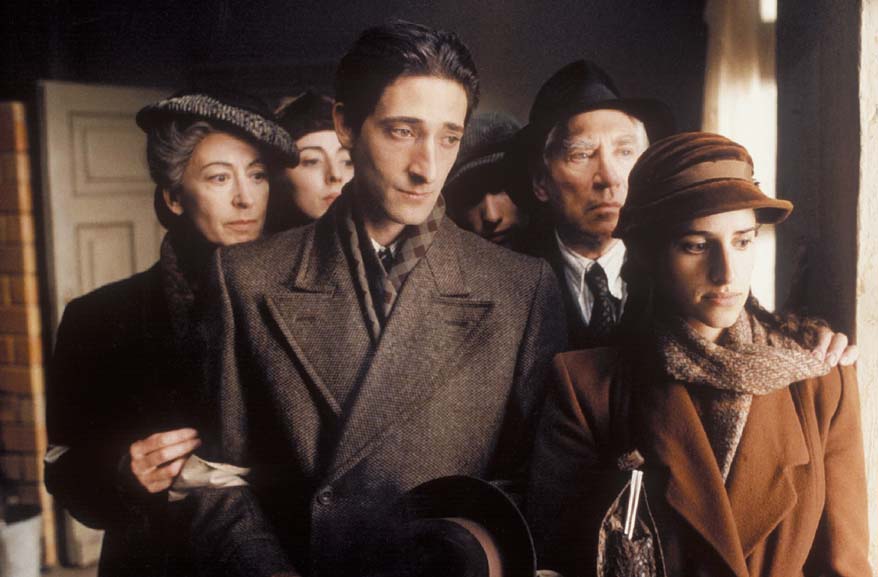
Edelman is a Polish cinematographer and a member of the Polish Society of Cinematographers. At this time, he is shooting the film “Powidoki” for another Polish Oscar-winning filmmaker, Andrzej Wajda.
Edelman was the Best European Cinematographer in 2002 by the European Film Awards jury’s opinion, for Roman Polanski’s drama “The Pianist”, which also brought him a Cesar Award and nominations for an Oscar, a BAFTA award, and the BSC and ASC award.
The American Society of Cinematographers nominated him once more for Outstanding Achievement in Cinematography in Theatrical Releases for the film “Ray” in 2005, and the Camerimage Festival gave him the Bronze Frog in 1997 for “Kronki domowe”, a drama directed by Polish director Leszek Wosiewicz.
In his cinematography career, he has done many different styled films. He worked with Andrzej Wajda, whose films required a completely different style. For example, his film “Pan Tadeusz” is saturated with intense colors contrary to “The Revenge”, where cool colors dominate. In “Pan Tadeusz” he also had to cooperate with huge masses of people, use short focus, wide-angle lenses, despite the fact he usually prefers long optics.
In “The Pianist”, he was placing the camera at the observer’s eye level to avoid the distraction of the audience from the film, and these are just some of the solutions that Edelman used in his past and just few of qualities that he owns.
12. Chris Menges (UK)
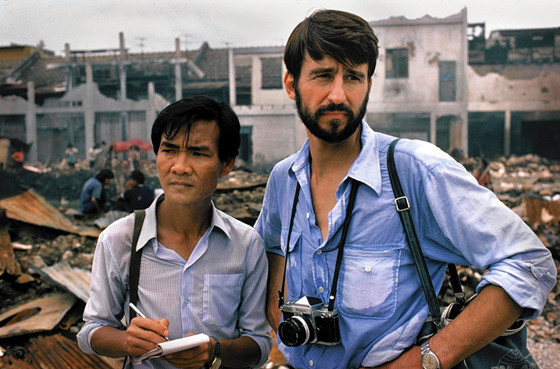
Chris Menges is a 70-year-old English cinematographer, and member of the British and American Society of Cinematographers, who started his career in the 1960s as a camera operator on documentaries directed by British filmmaker Adrian Cowell. In those years, he also began collaborations with Kenneth ‘Ken’ Loach (another British film and TV director) and they continue to work together.
Menges won many prestigious awards in his over 50-year-old career. He is a double Academy Award winner for Best Cinematography; in 1987, he won his first Oscar for adventure-drama “The Mission” and in 1997 he earned his second for “The Killing Fields”, both directed by English filmmaker Roland Joffe. In 1997, he was nominated for an Academy Award again, for his work on Neil Jordan’s drama “Michael Collins”, and in 2009 for drama “The Reader”, directed by Stephen Daldry, a film that he shot together with his colleague Roger Deakins.
He won the BAFTA in 1985 for Best Cinematography for “The Killing Fields” and BAFTA TV Award for Best Film Cameraman for TV film “Last Summer” in 1978. The American Society of Cinematographers gave him the International Award in 2010 and nominated him for three films (“The Boxer”, “Michael Collins” and “The Mission”).
The British Society of Cinematographers awarded him with their Lifetime Achievement Award “in celebration of over four decades of consistently outstanding, world class cinematography”. They also nominated him for Best Cinematography four times (“The Reader”, “Dirty Pretty Things”, “Michael Collins” and “The Mission”) and gave him the award for “The Killing Fields” in 1984.
Last year, the Camerimage Festival gave him the Lifetime Achievement Award as well, and nominated him in 2005 for a Golden Frog for his work on crime drama “The Three Burials of Melquiades Estrada”, directed by Tommy Lee Jones. At Cannes in 1988, he was nominated for the Palme d’Or and won the Grand Prize of Jury and the Prize of Ecumenical Jury for the film “A World Apart”.
Many documentaries that Menges filmed were so dangerous, especially those he filmed for Adrian Cowell, because they traveled into dangerous regions and took enormous risks. He worked with many more famous directors including Sean Penn and John Mackenzie, but his best known collaboration is the one with Ken Loach.
11. Gökhan Tiryaki (Turkey)
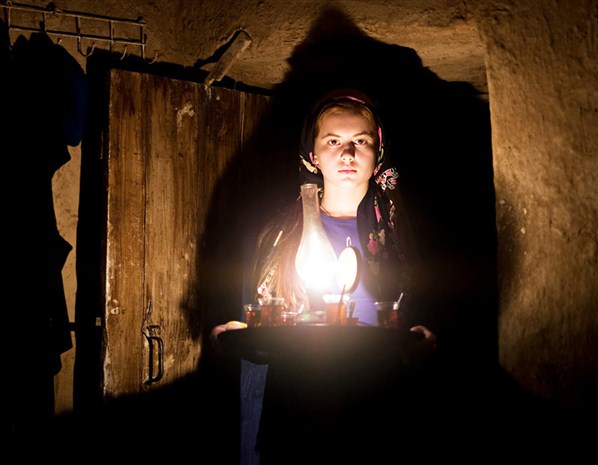
Tiryaki is a Turkish director of photography who started his career in 1991 as a cameraman, but since 1996 he has been working with award-winning Turkish filmmaker Nuri Bilge Ceylan, and this duo is really great at making visually stunning films.
Tiryaki was nominated for the European Film Award Carlo di Palma for Best Cinematography in 2012 for Nuri’s crime drama “Bir Zamanlar Anadolu’da”, aka “Once Upon a Time in Anatolia”. This film was nominated and won many awards at some of the most prestigious film festivals, including Cannes and the European Film Awards.
It’s the story about a group of men searching for a dead body and the cinematography in that film is brilliant. The budget was not big, but Tiryaki knew how to handle that. He used a lot of natural light of blue hour, but also a great and sometimes improvised artificial light to describe characters. There’s also beautiful landscapes filmed with wide-angle lenses to look more dramatic, and a lot of other delightful things that just can’t be revealed here, but watched.
This duo made a few more visually interesting films like “Winter Sleep” in 2014, which won awards, including the FIPRESCI Prize and Palme d’Or at Cannes, and “Three Monkeys” in 2008, which brought the Cannes Palme d’Or to Nuri, but also a nomination for Best Cinematography at the Asia Pacific Screen Awards for Tiryaki.